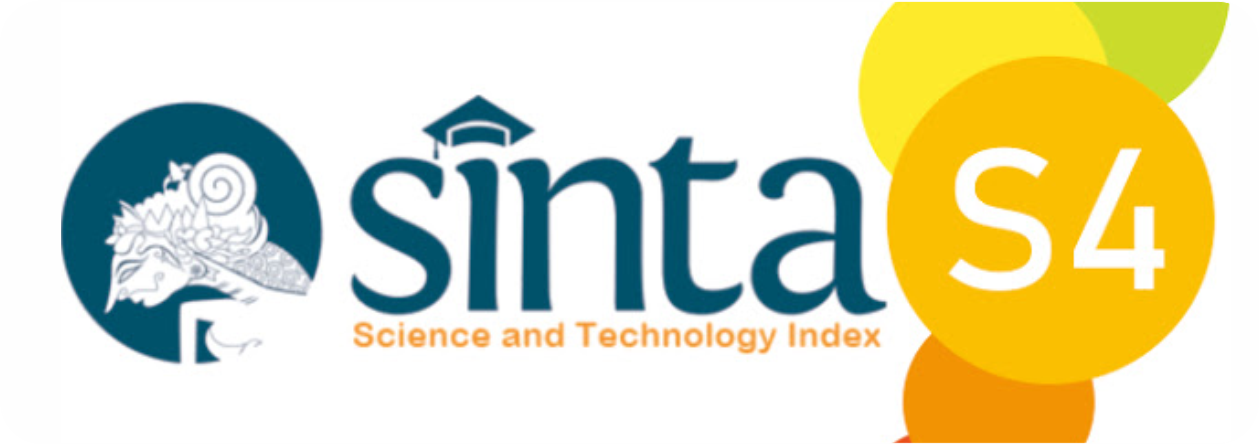Islamic Educational Systems and Institutions During the Prophet Muhammad SAW
Abstract
The first Islamic education was carried out by the Prophet Muhammad SAW, a prophet and teacher who succeeded in creating a superior generation as the output of Islamic education. His ability to foster and form a community that has a high civilization is the best education system of all time. As a form of effort to grow and make human beings as stated in the word of Allah SWT and in the National Education System Law No. 20 of 2003 is through Islamic Education.
The results showed that the Islamic education system during the time of Prophet Muhammad SAW consisted of 4 components, namely 1) the goals of Islamic education were developing all human potential (tarbiyah), transferring knowledge from teacher to student (ta'lim), and educating morals and character (ta'dib), 2) educator tasks that must be fulfilled (make a clear work plan for the progress of students, make oneself a model or role model), and characteristics that must be possessed (sincere, honest, practicing knowledge, fair, noble character, tawadhu', courageous, cheerful, patient, guarding speech, consulting), 3) educational institutions (home, mosque, as-suffah, al-Khuttab), 4) methods (discussion and giving feedback, telling stories, parables and case studies, pictures and graphics) and the techniques applied (i.e. conditioning the learning atmosphere, interacting actively through auditory and visual interactions, using body language, doing self-reflection, giving affirmations and repetition, teaching the core of the lesson, guessing with questions, familiarizing students with various challenges, being honest , observe and classify.
Downloads
References
Antonio, M. S. (2001). Bank Islam: dari Teori ke Praktek. In Gema Insani. Jakarta: Gema Insani Press.
Arikunto, S. (2017). Metode Penelitian Metode Penelitian. In Metode Penelitian Kualitatif. Yogyakarta: Pustaka Pelajar.
Clarissa Ayangco-Derramas, E. (2022). The Development of Kindergarten Madrasah Curriculum Model. Journal of Positive School Psychology, 6(5).
Departemen Agama Republik Indonesia. (n.d.). Al Qur’an dan Terjemahnya / Departemen Agama Republik Indonesia | Perpustakaan UIN Sultan Syarif Kasim Riau.
Fahmi, A. H. (1997). Sejarah dan Filsafat Pendidikan Islam. Jakarta: Bulan Bintang.
Firman Mansir. (2022). The Position of Islamic Education According to the National EducationalSystem in Indonesia. PROGRESIVA: Jurnal Pemikiran Dan Pendidikan Islam, 11(1), 48.
Husin, B., , S, S., Zaimudin, & Z, I. (2020). The Meaning And Characteristics Of Islam In The Qur’an. International Journal of Psychosocial Rehabilitation, 24(1), 5354.
Kandiri, K., Arfandi, A., Zamili, M., & Masykuri, M. (2021). Building Students’ Moral Through Uswatun Hasanah Principles: A Systematic Literature Review. Nadwa: Jurnal Pendidikan Islam, 15(1), 109–128. https://doi.org/10.21580/nw.2021.15.2.8179
Mailasari, D. U. (2014). RELIGIOUSNESS IN A MULTICULTURAL SOCIETY: A STUDY ON ROGER WILLIAMS’ THOUGHT. QIJIS: Qudus International Journal of Islamic Studies, 2(1).
Moleong, L. J. (2007). Metodologi penelitian kualitatif edisi revisi.
MUHAMMAD ZAAIRUL HAQ. (2010). TASAWUF PANDAWA. Yogyakarta: Pustaka Pelajar.
Mustaqim, R.A. Reza, A. (2022). Study on the Causes ofInaccuracy of Qibla Directionof the Great Mosque Baitul Makmur West Aceh. Jurnal Ilmiah Al-Syir’ah, 19(1), 30–45.
R.I, D. A. (2012). A1-Qur’an dan Terjemahnya,. Bandung: PT. Mizan.
Ramdani., M. (2022). ISLAMIC BASED EDUCATION MANAGEMENT AND SOCIAL IN INDONESIA EDUCATIONAL INSTITUTION. : : Journal of Management, 12(6).
Sulastini, F., & Zamili, M. (2019). Efektivitas Program Tahfidzul Qur’an dalam Pengembangan Karakter Qur’ani. Jurnal Pendidikan Islam Indonesia, 4(1). https://doi.org/10.35316/jpii.v4i1.166
Wahidaha, S. amsuri. (2021). The Patterns of Islamic Education Development during the Era of Bani Umayah: Education Institution and Curriculum, and Teachers. Al-MISBAH (Jurnal Islamic Studies), 9(1), 57.
Zuhairini. (1995). Filsafat Pendidikan Islam. Jakarta: Bumi Aksara.
Copyright (c) 2023 Jurnal Pendidikan Islam Indonesia

This work is licensed under a Creative Commons Attribution-NonCommercial 4.0 International License.























